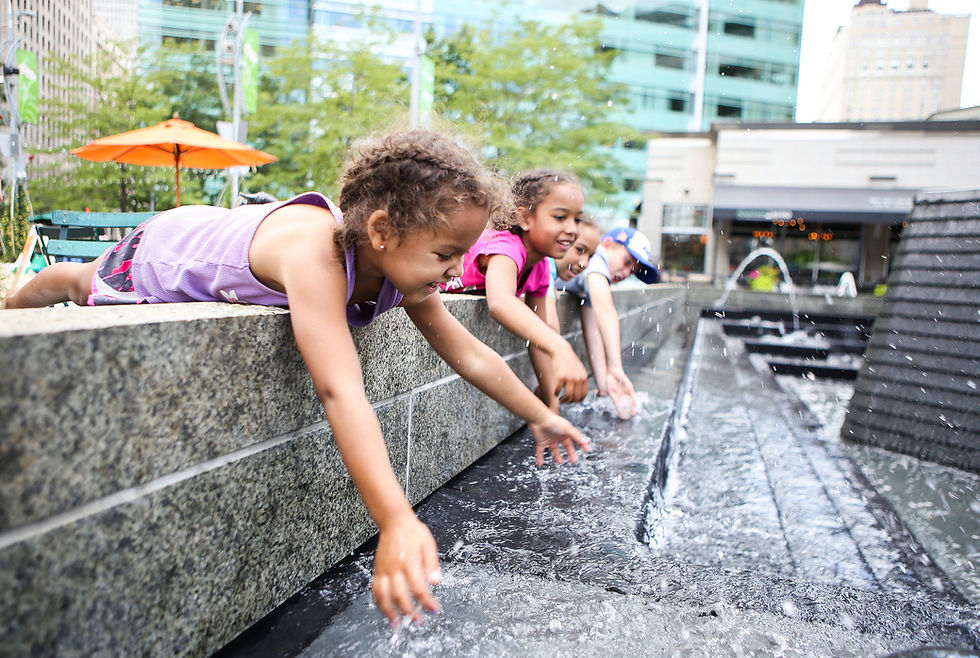Messy Play - And Why We Love It!
- Sunshine Schoolhouse
- Feb 26, 2024
- 3 min read
Messy play, also known as sensory play, is an engaging (and fun!) approach to learning and play that involves in hands-on activities using materials that are often messy or tactile in nature. It is a form of play that stimulates the senses and encourages exploration, creativity, and problem-solving skills - what's not to love?!
The main purpose of messy play is to provide children with opportunities to explore different textures, substances, and materials through their senses because there are a lot of benefits that come from these experiences! It can enhance their fine motor skills as they manipulate and explore different materials. It also promotes sensory development, as children engage with various textures and learn to differentiate between different sensations. It also encourages creativity and imagination, as children have the freedom to experiment and create their own experiences.
Moreover, messy play has cognitive benefits, such as improving problem-solving abilities and promoting scientific thinking. For example, children can explore cause and effect relationships by observing how different materials behave and interact with one another. They can also learn about concepts like volume, texture, and color mixing through hands-on exploration.
It's important to note that messy play should always be supervised by adults and conducted in a safe environment. Adequate measures should be taken to ensure the materials used are non-toxic and appropriate for the age of the child participating in the activity.
At Tangerine Schoolhouse, Bay Street Schoolhouse, and Sunshine Schoolhouse, we love messy play! If you want to incorporate more of it at home, check out these activities:
Finger Painting: Children use their fingers to spread and manipulate paint on paper, creating colorful and textured artwork. Finger painting allows children to explore different colors, patterns, and sensory sensations.
Shaving Cream Sensory Play: Shaving cream is a soft and fluffy substance that can be used for sensory exploration. Children can spread shaving cream on a table or tray and use their hands or tools to create patterns, draw shapes, or simply explore the texture.
Playdough Play: Playdough is a versatile material that children can manipulate and mold into various shapes, figures, and structures. They can use their hands, rolling pins, cookie cutters, and other tools to sculpt and create imaginative creations.
Water Play: Water play involves activities such as playing with water tables, splashing in puddles, or exploring water bins filled with toys and objects. Children can pour, scoop, and splash water, engaging in sensory exploration and imaginative play.
Sand Play: Sand play offers opportunities for children to dig, sift, and pour sand, stimulating tactile and sensory experiences. They can use sand toys like buckets, shovels, and molds to build sandcastles, tunnels, and sculptures.
Sensory Bins: Sensory bins are containers filled with various materials like rice, beans, pasta, or sensory beads. Children can explore the textures, colors, and shapes of the materials, scooping, pouring, and manipulating them with their hands or tools.
Mud Play: Playing in mud provides children with a sensory-rich experience, allowing them to squish, mold, and shape the mud with their hands and feet. They can create mud pies, sculptures, and imaginary worlds while connecting with nature.
Slime Play: Slime is a gooey and stretchy substance that children can mold, stretch, and squeeze. They can experiment with different slime recipes and add-ins to create textures and effects, such as glitter slime or fluffy slime.


_edited.png)



